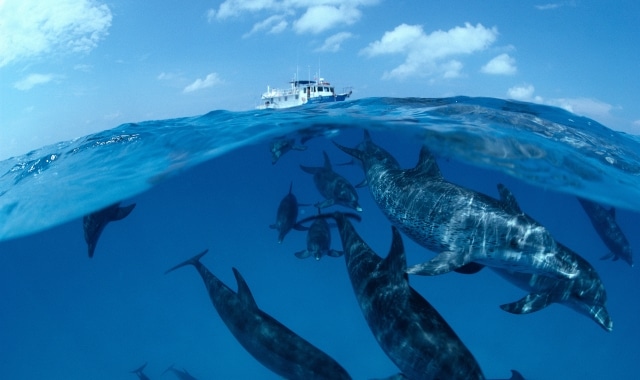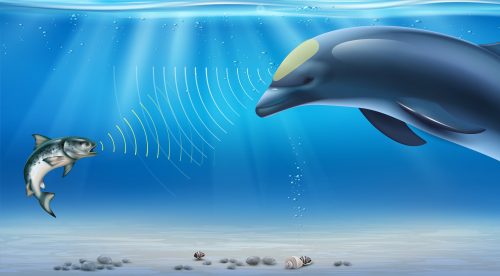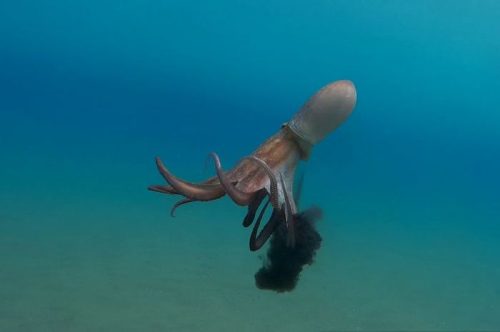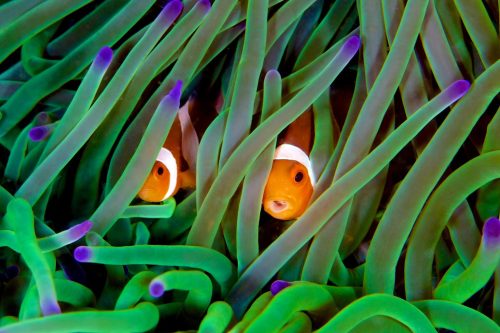Interactions Among Marine Animals

Photo Credit : Bureau Veritas
Examining how marine animals interact with each other and their environment. Marine animals have a variety of ways to interact with each other and their environment. These interactions can include communication, predation, symbiosis, and more.
Communication
Many marine animals use sound, light, and vibrations to communicate. For example, dolphins use clicking sounds for communication and navigation, while squids can change the color of their skin to send visual messages to other animals.
Dolphins use a method known as echolocation for communication and navigation. They produce clicking sounds, which are focused by an organ in their forehead known as the melon and projected into the water. These clicks travel through the water, bounce off objects, and return to the dolphins as echoes. Dolphins can infer various information about an object’s location and shape based on these signal modulations. This method aids in navigation, orientation, and location of prey.

Photo Credit : Macrovector/FREEPIK
Squids have a unique ability to change the color of their skin, which they use for communication and camouflage. Their skin contains two types of structures that manipulate light to produce various colors: chromatophores and iridophores. Chromatophores are organs near the surface of the skin that use elastic sacs of pigment. When the muscles around these sacs contract, the sacs stretch rapidly into discs of color. Iridophores are cells deeper in the skin that reflect all the light that hits them. By scattering this light, they bounce back a bright sheen of iridescence. Squids can manipulate these cells to create a wide range of colors and patterns on their skin.

Photo Credit : Bilal El Hasnaoui/Youtube
Predation and Defense
Predation is a significant interaction in marine environments. For example, sharks prey on fish and other marine mammals. In response, many marine animals have developed sophisticated defense mechanisms, such as the octopus’s ability to squirt ink as a diversion. When an octopus senses danger or feels threatened, it can quickly release ink from its ink gland. This ink is expelled through a muscular siphon, which propels it out into the surrounding water. The rapid expulsion creates a cloud of ink that serves as a defensive mechanism for the octopus.
Symbiosis
Symbiosis is a mutually beneficial relationship between two species. Examples include the relationship between clownfish and sea anemones, where the clownfish get protection from predators, and the anemones get cleaned from parasites.

Photo Credit : Gregory Piper/Coral Reef Image Bank
Environmental Impact
Marine animals also interact with their environment. For example, coral reefs are built by small coral polyps, which create habitats for thousands of other species. However, human activities such as global warming and pollution can disrupt these interactions and have a negative impact on marine ecosystems.
By understanding more about these interactions, we can better protect and preserve our valuable marine life. Let’s all contribute to maintaining our marine biodiversity.

